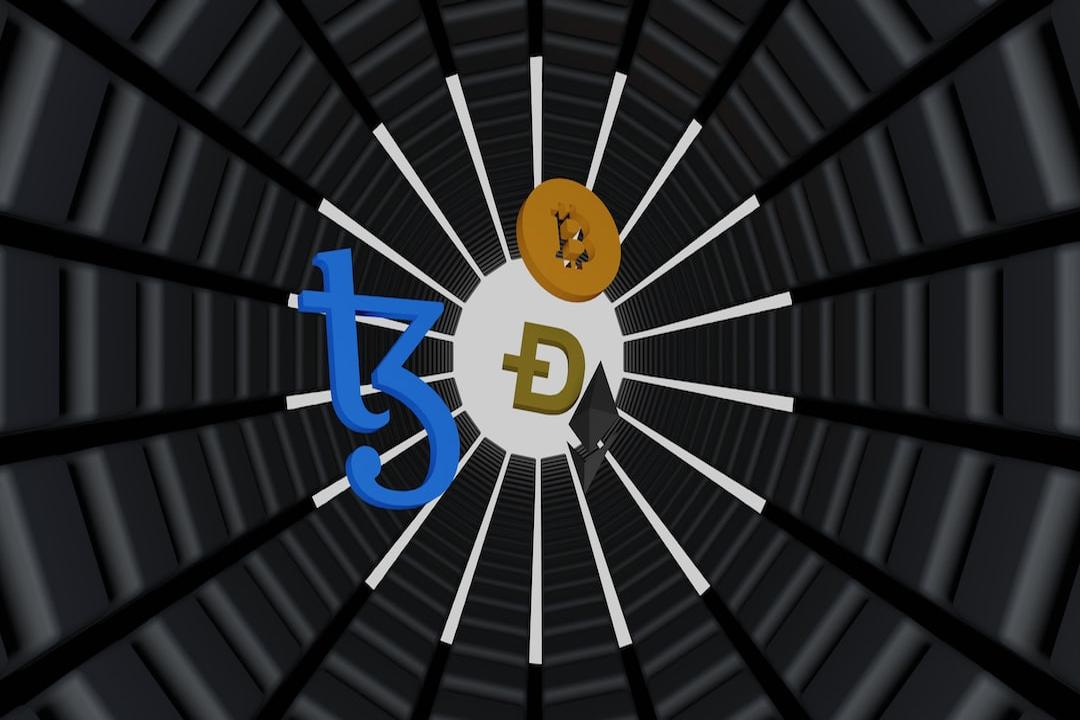Ethereum Community Member Polynya Writes About Global Consensus and Its Application
Toggle
Should Ethereum be Used?
Introduction to Strict Global Consensus
Most applications do not require strict global consensus
Objective value is suitable for strict global consensus
Thinking in terms of functionality rather than products
The Unique Selling Proposition of Blockchain
Recently, Ethereum co-founder Vitalik published a flowchart on Twitter to help developers determine which development tools to use for their own products. He hopes that developers will not choose the current hot technologies, such as zero-knowledge proofs, based solely on market trends or from a technical perspective without considering the demand.


The Difference Between Demand-Oriented Thinking and Technology-Oriented Thinking
(Source)
Vitalik hopes that developers can consider what tools to use based on the demand flowchart in the upper half, rather than thinking from a technical perspective as shown in the lower half.
Advertisement – Continue reading below




However, it is interesting that the first question in the flowchart is “Will your application benefit from global consensus?” If it does, then blockchain is necessary; otherwise, other tools are recommended.
What is global consensus? How to evaluate which applications are suitable for using technology based on global consensus? Polynya, an active member of the Ethereum community, further defines strict global consensus (similar to Vitalik’s definition) and provides several examples.
The infrastructure and scalability issues of the cryptocurrency industry have been almost “solved” through technologies such as proof of validity and data availability. The infinite TPS of blockchain networks will eventually appear. But the real question is, which applications are suitable for building on the blockchain?
To answer this question, it is necessary to understand what strict global consensus is. The term “strict” demonstrates that public blockchains can only achieve objectivity and require strict agreement from everyone in the global network on a set of objective outputs (such as transaction information) for the use of public chains to be appropriate and meaningful.
Here are a few examples that do not require strict global consensus:
Data storage: In almost all cases, it is not necessary for everyone in the world to agree on all stored data. Depending on the importance of the data, there are multiple storage options, ranging from cloud storage providers to decentralized options such as IPFS or BitTorrent, so there is no need to store everything on Ethereum.
Governance: Governance is largely a subjective and complex task. Public blockchains can provide assistance in certain aspects, such as AAVE’s governance module, but it is inappropriate to try to fit complex governance variables into a restrictive objective framework.
(Explanation of Aave’s V3 Governance Module Features and Processes)
Legal contracts: Law is also very complex and subjective, with various considerations for different cases. Except for the simplest and most straightforward contracts, blockchain is powerless.
In fact, almost everything is not suitable for strict global consensus. As Vitalik stated in the flowchart, if strict global consensus is not required, there are plenty of cool technologies available outside of public blockchains that can provide assistance.
Consensus only has meaning for objective value. To rely on the value accessed and settled by a large number of nodes globally, global consensus is needed for protection. Currently, there are only a few suitable cases:
Objective currency: This has been a demand since the emergence of Bitcoin 15 years ago, and there are sufficient reasons why it is still a major use case. Objective currency or value takes various forms and is used in frameworks such as DeFi, NFTs, and DAOs. On the other hand, subjective currency (such as credit) is not suitable for implementation on public chains.
Objective identity: Although most identities are subjective (with various issuing authorities and standards), identity and reputation are complex variables with multiple facets. However, limited forms of objective identity can be implemented on public blockchains, such as ENS or POAP.
Avoiding legal issues and filling regulatory gaps: USDT and USDC are the best examples. Both are actually centralized and fill the regulatory gaps that are not covered by regulations, such as fast cross-border payments, using public blockchains. However, this gap is not permanent, and once a well-designed CBDC appears, it can easily replace this use case and achieve it in a more efficient and decentralized manner.
Other niche demands, such as collaborative storytelling. However, the main use cases are still the aforementioned objective currency, objective identity, and filling regulatory gaps.
In addition, there are some applications deployed on public blockchains that may not actually require strict global consensus but may indeed have value in terms of incentives or tokenomics. However, Polynya believes that instead of focusing on these applications, it is better to focus on applications that have long-term, sustainable, and potentially product-market fit (PMF).
Of course, when combining the above functionalities, information that requires global consensus needs to be recorded on Ethereum, while other information can be stored and executed off-chain, which can better create a complete product.
Decentralized community media Farcaster is a good example. It uses public blockchains to achieve storage and execution of objective currency and objective identity but completes all other tasks outside of public blockchains, such as community content storage.
As mentioned by @randomishwalk, the unique selling proposition (USP) of blockchain is global consensus. Anything other than this value should be done with other tools, which is better for both blockchain and the product itself.
Future products are expected to mix and match tools with different degrees of decentralization based on functional requirements, while separating the functionalities that require global consensus and using blockchain to achieve them in order to maximize the product’s performance and the value of blockchain.
Global consensus
Polynya


Further Reading
Perspective | How Autonomous Worlds and Autonomous Agents Can Make Future Games Imaginative
Global Popularity Ranking of Bitcoin ETFs: Luxembourg and Singapore Among the Top, China and the United States at the Bottom

